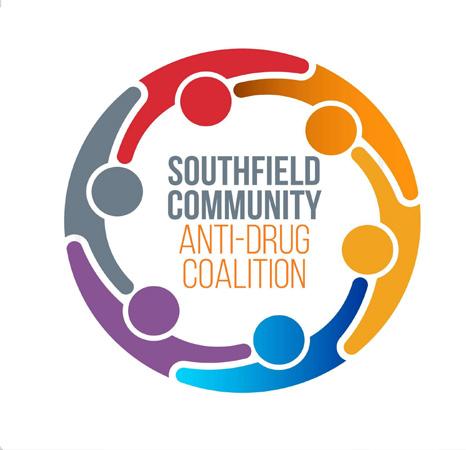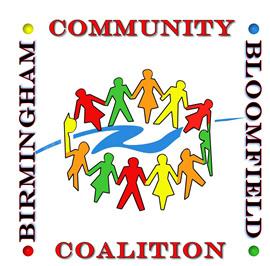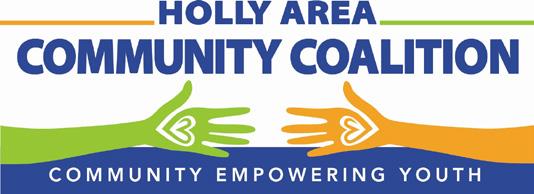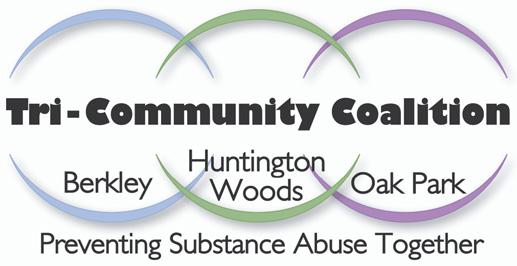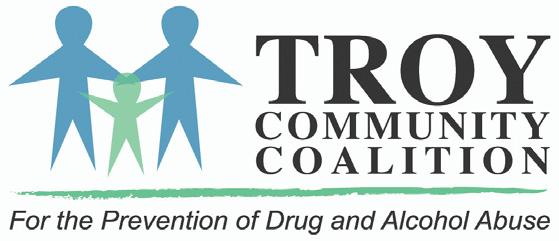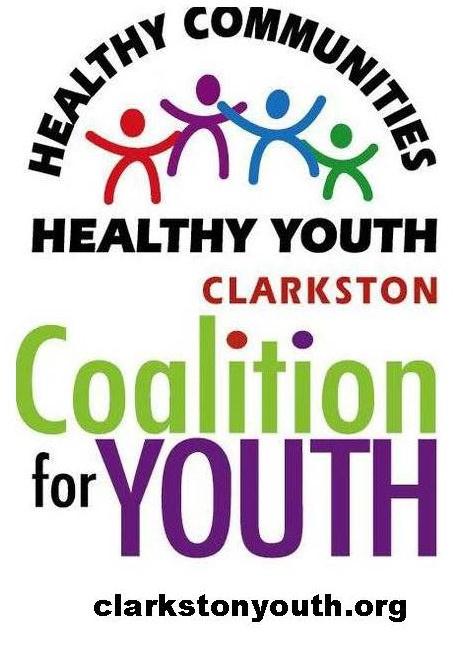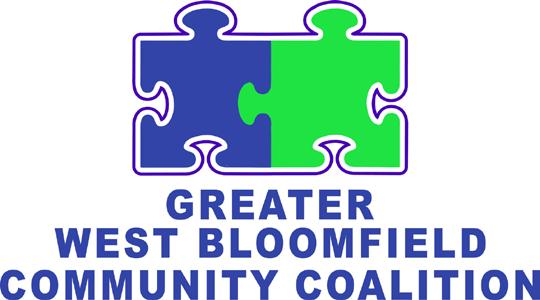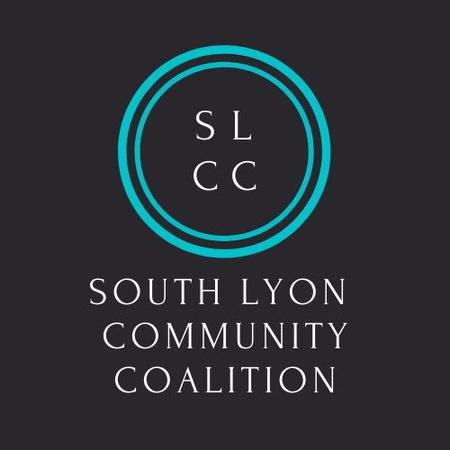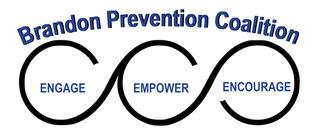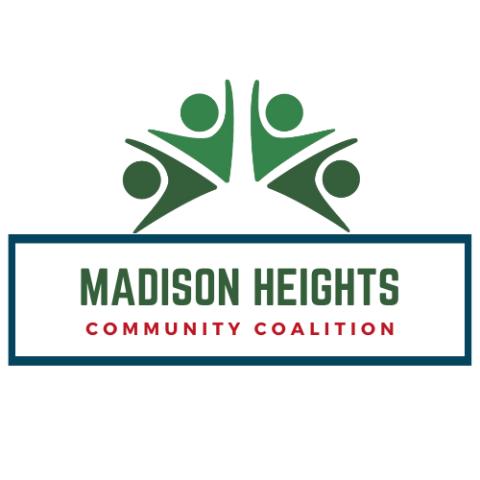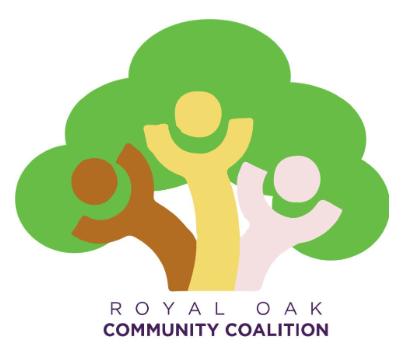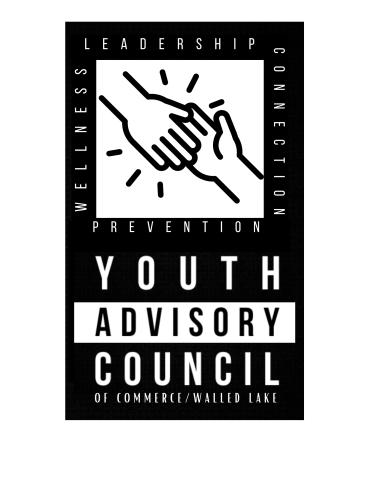








The Alliance of Coalitions for Healthy Communities (Alliance) formed as an extension of the successful Coalition of Healthy Communities (CHC) network. CHC was founded in 1993 by four local coalition groups seeking to strengthen their existing collaboration through the creation of an umbrella organization. In 2003, the members launched the Alliance to begin the next phase of prevention in the county, and we became a formal non profit in 2004
Today, the Alliance has grown to include 21 community prevention coalitions serving over 55+ local communities, including recovery support and wellness interventions to increase supportive environments and decrease the stigma of addiction. Working together, and in a collaborative environment, the Alliance strives to bring quality, evidence-based prevention, wellness, support, and recovery programs to all community members.
Through substance abuse prevention, mental and physical wellness, harm reduction, and recovery support programs, the Alliance connects, strengthens, and mobilizes strategic partners to promote healthier communities.
Will be nationally recognized as a leader of best practices in collaboration on substance abuse prevention initiatives that create and sustain healthy communities.
As stewards of community trust, the Alliance of Coalitions for Healthy Communities believes in: Collaboration. Prevention. Results.
Website: www.achcmi.org
Facebook: www.facebook.com/allianceofcoalitions
TikTok: @thealliance_
Instagram: allianceofcoalitions
YouTube: Alliance of Coalitions for Healthy Communities
We are in the full swing of the new school year.
I’m excited about this edition of Youth Connections as we share information on our programs, enlightening articles and resources.
Alongside our 21 funded prevention coalitions, our collaborative efforts have truly increased our interventions and healthy options for our youth in Oakland County. For a full list of our highly effective coalitions, turn to the back cover and please connect with them!
JULIE BRENNER
Did you know that we have prevention and wellness programming from kindergarten through older adult?
We provide all of our programs to schools and community members in Oakland County for free. Our prevention programs are empowering and informative and include: Keep Them Safe, Keep Them Healthy, ReNEWed, ReNEWed Jr., Girls Empowered, Positive Norm, Prime for Life, WISE and Nourished to name a few! We also conduct youth focused and community presentations on Underage Drinking, Prescription Drug Misuse, Youth Marijuana Use, and Vaping/ENDS.
If Harm Reduction and Recovery Support services are what you need, we provide free Narcan Save A Life trainings and SMART Recovery support and Resolve programs.
The Alliance has also invested a lot of energy to remove the many obstacles and barriers that prevent individuals from seeking help or accessing professional resources. In this way, we can reach a broader population of people struggling with substance use disorder and provide them with the tools and support they need to minimize harm. Building on the experience of other Michigan communities and nationally, one of these important strategies is Save a Life Stations that the Alliance has placed throughout Oakland County. Each Save a Life Station offers a two-4mg dose pack of nasal administered Narcan; fentanyl and xylazine testing strips; takeaway kits that allow for the safe disposal of drugs or medications; and informational resources such as Narcan administration training videos.
We also launched our new website that has all of the information you need to expand on all of the items above. Take a look: www.achcmi.org
We are always here to help. Please connect with us! Wishing you all a successful 2023/2024 school year!

Social media can trigger feelings of inadequacy, create competitiveness when comparing self to unrealisitic images, and increase cyberbullying.
Pay attention to what your child is looking at and connect with them.
To empower girls with information and skills to make healthy life choices.
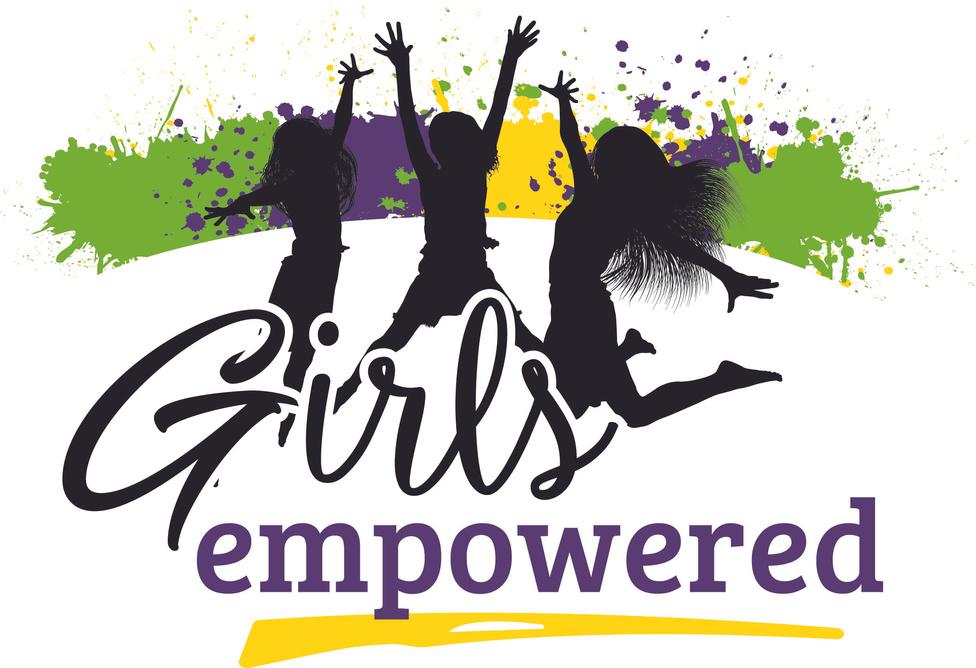
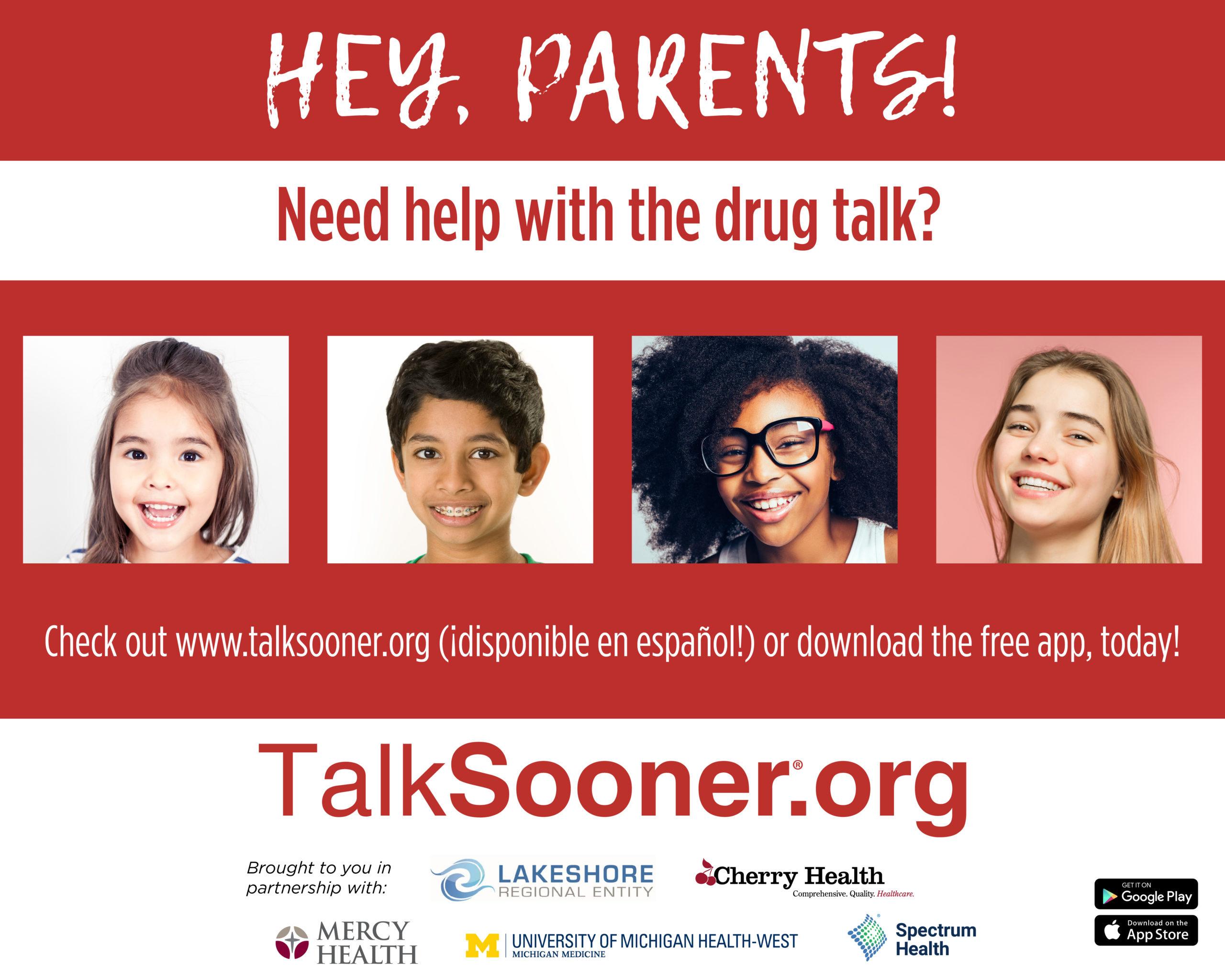
5 weeks long
6-8th grade female students 1 hour 15 mins afterschool
Week 1- Introduction
Week 2- Self-Esteem
Week 3- Health & Wellness
Week 4- Healthy Connections
Week 5- Acts of Kindness
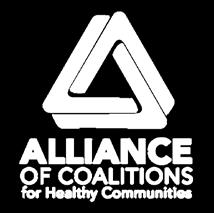
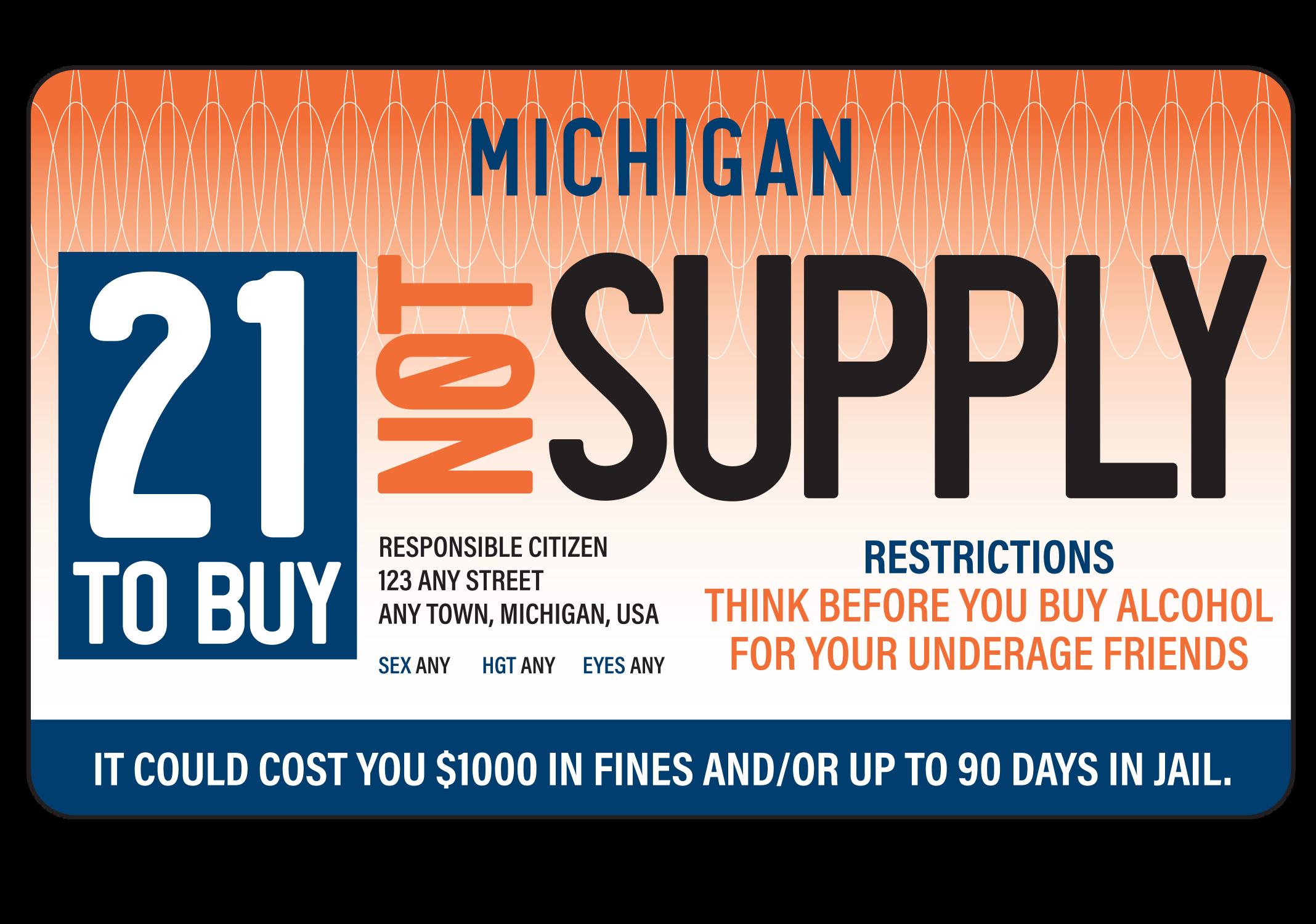






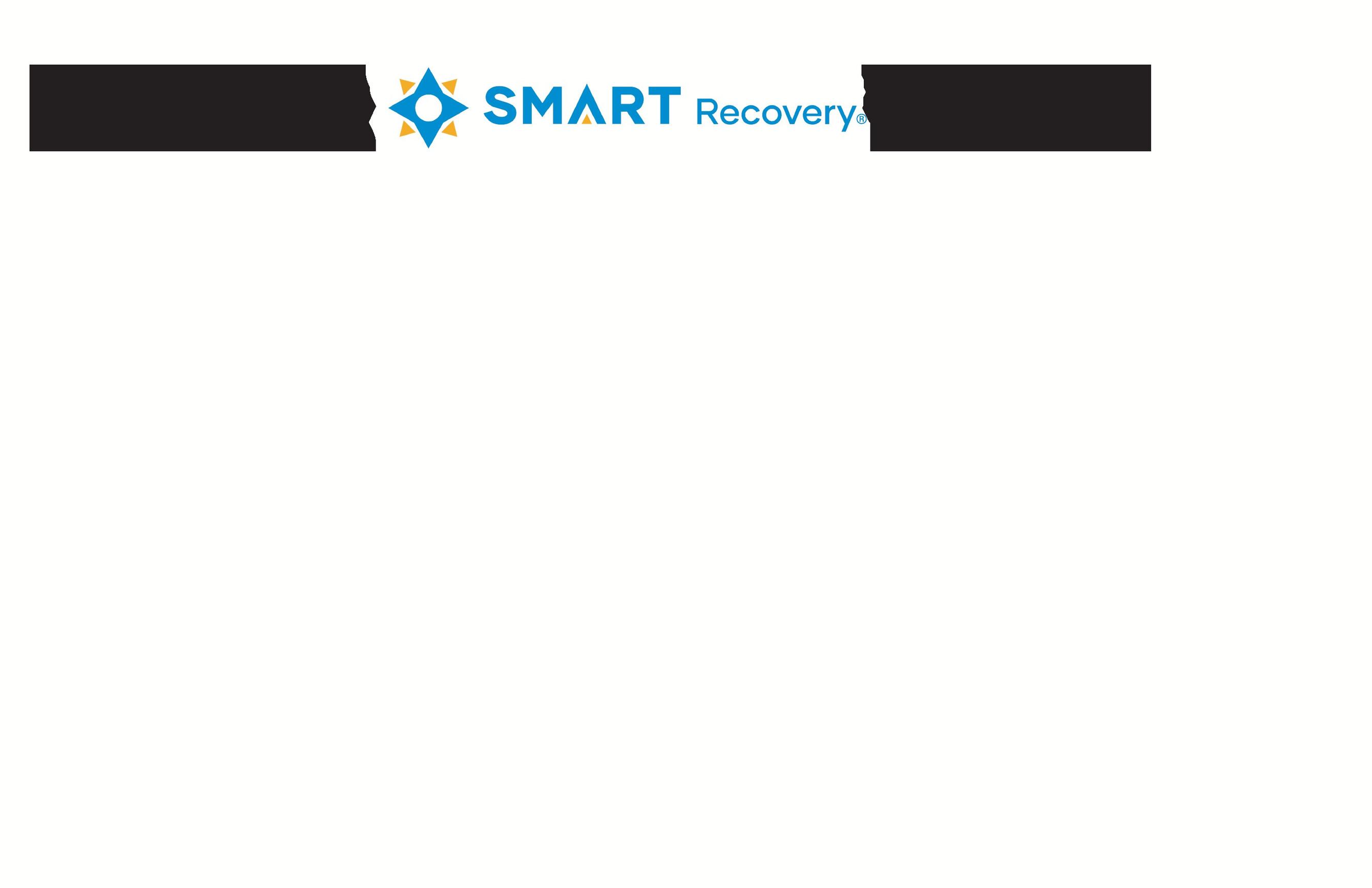
What do you do when your child wants to wear that crazy outfit to school? That one outfit that you know definitely isn’t the norm? The one that they may leave the house in beaming with pride, but return home in a puddle of tears? Ugh. The joys of parenting.
I remember years ago asking my daughter to get dressed. She was about three years old at the time and came downstairs in a nightgown and rain boots. I thought it was an interesting choice. Luckily that day we didn’t have to leave the house, so I didn’t fight the issue.
As my daughter got older, sometimes her choices in clothing were with the norm. I do remember one crazy pair of winter snow boots. They were fun for a 10-year-old girl. They were black with blue fur at the top and blue hearts embroidered down the sides. She loved them. The first day she wore them to class, she came home and told me that one of her classmates came up to her and told her that she thought her boots were ugly. I remembered asking my daughter how that made her feel. She said that she just told her that she liked them and that is all that mattered, and she continued to wear them. (I know not all kids have that level of self-esteem at the age of ten.)
Now fast forward to present day. I have a son in the second grade who is an extreme extrovert. He is not afraid to talk to anyone. We struggle with personal boundaries. I find myself saying “personal bubble” constantly when we are in public, which is all okay. The other major struggle I have with him is his choice of clothing. He loves to stand out; however, we all know that kids can be mean and tease kids who go against the norm. We recently had a situation
where my son wanted to wear his mustard-colored pants (which were hand me downs from a good friend) to school. Now, I know there is nothing wrong with mustard-colored pants. Most likely I would even wear mustard-colored pants if I had them; however, as an adult, I would probably be considered more fashion forward.
As my son was getting dressed that morning, I heard my fears start creeping into my brain (my shark music was playing at full blast). I was thinking, “What will the other kids think of the mustard-colored pants, or will some kid come up and tell him he looks ‘like a weirdo’?” Then I thought about how amazing my son is for following what he likes and not following the crowd. There are times when I want to march to the beat of my own drum, but I was too afraid of being gawked and laughed at. I started to realize that I was projecting my fears onto my son. I know that he may or may not get gawked at, pointed at, or be teased. On the other hand, what amazing courage he had to follow his likes and dislikes. He doesn’t have to follow the crowd. Maybe it will be harder for him, but maybe not. I figured he will build resilience while wearing what he feels comfortable in.
So, he wore the mustard-colored pants. I don’t know if he got teased or laughed at. He didn’t come home in tears and, in fact, he ended up wearing the mustard-colored pants four days in a row. Perhaps his classmates look to him as a fashionista(?). I look at my son, and I swell with pride for his ability to do something that I struggle with as an adult, and I commend all the kids and adults out in the world that are so confident and resilient.
I have learned to embrace my son’s individuality. There may be bumps along the way, but that is how we learn who we are. ■
YOU CAN SUBMIT YOUR STORY TO: jbrenner@achcmi.org
For many of us the kitchen table represents the typical family experience. We have laughed while having family game night. We have cried over our children’s choices. We have blown out the candles on many cakes. We have argued our way out of doing the dishes. We have struggled through those “three more bites.” We have learned hard lessons and celebrated many deserved successes. One thing is for sure though—if our kitchen tables could talk, there would be plenty of stories! So often it is in relating to others’ stories that we realize there isn’t always one answer, or even a right answer. Parenting is hard work! If you have a story of lessons learned, we invite you to share it with our readers. Sometimes, knowing we aren’t the only ones struggling to find the answer is all the help we need.

Sometimes it’s easy to see why someone falls into substance use issues. You look at their life full of hardship or trauma and match that with their tumultuous upbringing and dysfunctional family and think to yourself, “Hey — no wonder.”
But with some people, it doesn’t quite add up. Did something happen that we aren’t aware of? Do they have a genetic predisposition?
Well, there’s been some fascinating research revealed in recent years that sheds light on what makes one person more vulnerable to substance use issues than others, and it has to do with their personality.
Dr. Patricia Conrod from Quebec, Canada, has led a research team and has demonstrated that personality factors can be highly predictive of who develops problems with alcohol and substance misuse.
There are four personality types, particularly, that seem to have a higher correlation with struggles, and there’s a personality profile that can be administered to students to help them better understand themselves. Below are the four personality types that have a uniquely higher risk factor:
1. IMPULSIVITY
An impulsive person acts with their gut on the spur of the moment without thinking much about the consequences of their actions. It might remind you of the kid who has behavior issues in class — the one who can’t help but cracking the funny joke or getting too physical with other kids on the playground.
2. SENSATION SEEKING
A sensation seeker craves excitement and often acts without thinking clearly about the consequences. You might be reminded of the kid who’s a risk-taker outside of school in the activities they pursue — the one who shows videos of herself skateboarding down a hill without a helmet.
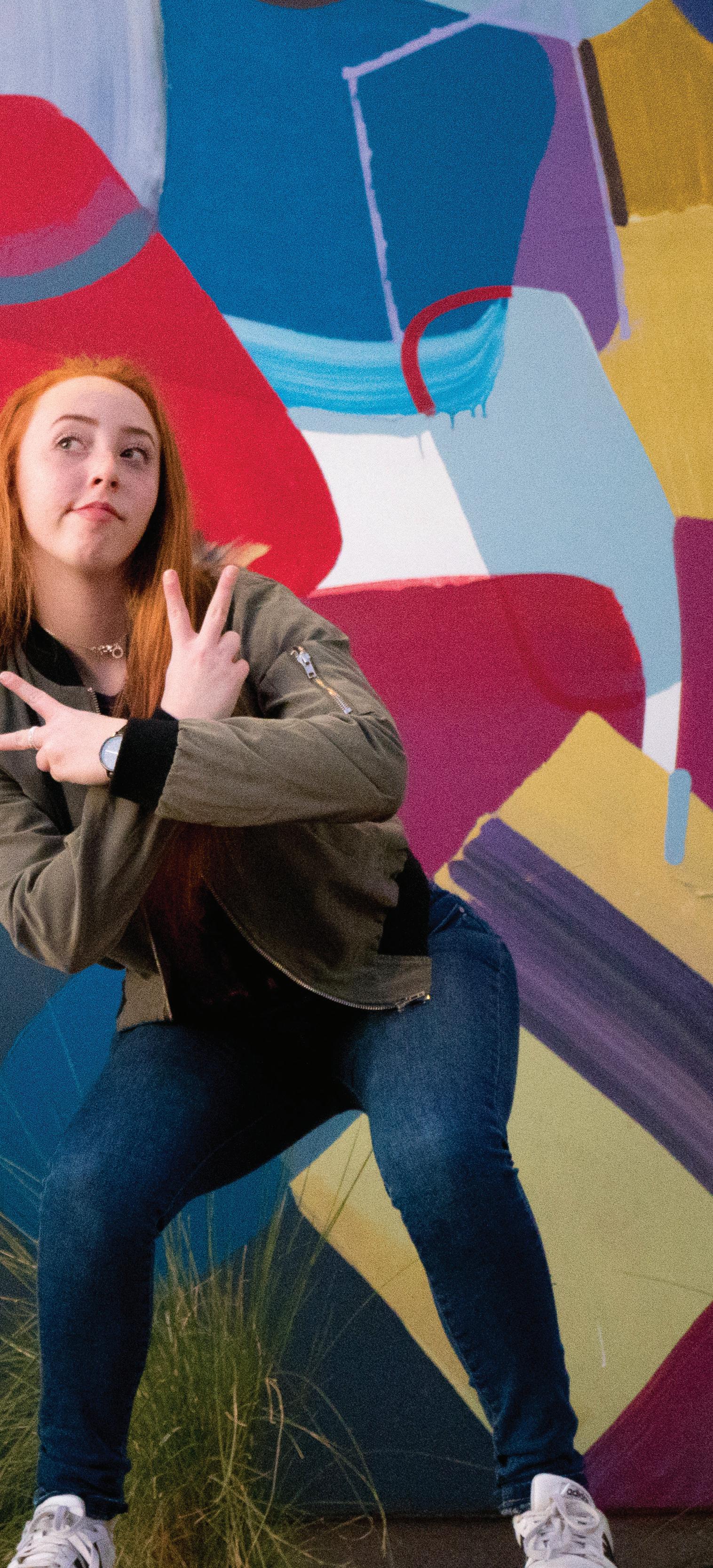
3. ANXIETY SENSITIVITY
The assessment describes someone with this type of personality as a person who has stressful physical sensations and worries about anxious feelings.
4. NEGATIVE THINKING
By NATURAL HIGH STAFFA person who often feels sad, guilty, and irritable is susceptible to negative thinking. This is often a more difficult personality to observe since thinking happens underneath the surface. But, adults can usually detect these kinds of thoughts based on their facial expressions or comments they overhear.
continued on page 9

First, it’s helpful to consider who the kids are in our lives and how best to care for them. Also, it speaks to the importance of providing opportunities for kids to grow in self-awareness. Everyone deserves an opportunity to get to know themselves, and it’s especially helpful when adults are open and honest about themselves and their own lives, first.
Additionally, parents can commit to engaging in honest discussions with their kids about their personality tendencies, acting as neutral mirrors to help them understand themselves. Knowledge, in many ways, leads not only to power but also self-awareness as a foundation for healthy choices.
Matthew was always the class clown. Even in his early elementary years, he developed a reputation for frequently interrupting class to make a joke, using physical humor to make his peers laugh, and on the playground, he was notorious for breaking the rules of whatever game they were playing.
When he got to middle school, nothing changed. In fact, he seemed to get more brazen in his interjections, using inappropriate words to get a big reaction. When he got to high school, not only was he on a first-name basis with the assistant principal and behind in most of his classes, but he was also one of the first kids of his year to drink alcohol and vape at parties.
The kids and the parents in the community weren’t surprised. His misbehavior and lack of self-control had been clear since first grade. Many parents and teachers made side comments about how much Matthew would struggle to transition into becoming a responsible adult.
It’s difficult to manage life successfully when you lack self-control, and the kids who struggle the most with behavior and discipline are often the ones who have academic struggles as well.
Without knowing the source of impulsivity in each kid — whether it’s an intense home environment, genetic predisposition such as Attention-Deficit/ Hyperactivity Disorder (ADHD), immaturity, or poor role modeling — the results have similar patterns. It doesn’t go well for them later in life, and they might make some truly harmful mistakes along the way.
Later on, fueled by a strong desire to fit in and find acceptance from their peers, with less adult supervision and more freedom,
kids who struggle with impulsivity can often be the first ones to experiment with harmful substances.
Impulsivity looks different in each kid. For instance:
• Some kids do outrageous things to get attention from their peers.
• Others can’t help themselves and break clear, simple rules.
• Some have a hard time keeping their hands to themselves or saying things that are rude or insulting.
• Others might struggle with interrupting their teacher or their friends. Often, they have a hard time being self or socially aware.
So what can we do, especially with kids who have a noticeable bias to impulsivity?
Consider being more intentional with them to cultivate a skill of thoughtfulness and selfreflection. Here’s how that might look: By definition, impulsive behavior is thoughtless action. It’s acting before thinking. The skill, then, to cultivate is to learn how to think before acting. The only way to help a kid get there is to act as their narrator. So here’s what we suggest you might try:
• After they’ve acted out, take some time to walk them through the sequence of events. With no shame, intensity, or accusation, ask them to talk through what happened, what they did, and process the reaction to their behavior.
• Then, invite them to walk through the same scenario again, but this time with a ‘What I Wish I Did’ lens. What could they have done differently? At what point did they realize they had gone too far? What might they do differently next time they’re in a similar situation?
It takes a while for any kid to develop self-awareness and wisdom. For some, their executive functioning might have more delays or impediments than others. But, it’s important to be mindful of each kid’s developmental needs, and thoughtful to engage them in the skills everyone needs to handle the complexities of life.
Throughout history, there has been a particular subset of people who are more predisposed to taking extraordinary risks with their safety and wellbeing. They’re called middle school kids.
With little regard for their health or long-term consequences, they can be found jumping off buildings or running through traffic in every neighborhood around the world. There’s often an implied correlation between kids who are out and about engaging in reckless activities and substance use.
Beyond mere rhetoric, researchers have come to the same conclusion:
“Individuals with higher levels of thrill and adventure seeking and disinhibition have been identified by numerous studies to be more likely to initiate substance use, as well as have higher levels of use for both specific substances and combined measures of substance use.”
The question, then, is about protection and intervention. How do we protect kids who haven’t yet developed the ability to use their executive reasoning? The research, unfortunately, isn’t overly optimistic:
“Most researchers conceptualize sensation seeking as a stable trait which is unlikely to be reduced via intervention…”
To translate — we probably can’t stop them from thrill-seeking. We might, however, be able to influence how they express themselves. What does that look like?
continued on page 15
By definition, impulsive behavior is thoughtless action. It’s acting before thinking. The skill, then, to cultivate is to learn how to think before acting. The only way to help a kid get there is to act as their narrator.
Please visit http://achcmi.org/student-nomination-form/

McKenna was a camp counselor for the Troy Community Coalition Summer Camp Program in 2022 and 2023. She worked with a diverse group of over fifty children between the ages of 8 and 13 during our 4-week day camp. For two years, she took the lead in teaching the students how to do an art project. She encouraged the children to get creative with their individual endeavors and assisted them in completing the assignment in a timely manner. McKenna is an exceptional individual who is respectful, thoughtful, and intelligent. She advocates a lifestyle free from substance abuse as she encourages substance abuse prevention amongst her peers. Through her leadership and role modeling, McKenna acts as an educator to the entire community.
TROY COMMUNITY COALITION, ALLIANCE RENEWED & RENEWED JR PROGRAMS
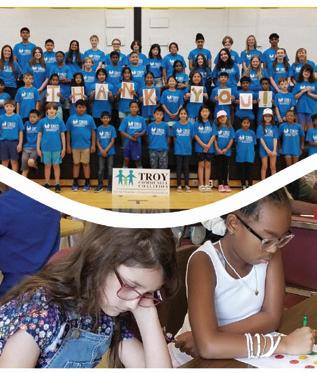
The campers enjoyed participating in the curriculum the Alliance developed that focused on various aspects of mental health and wellness. The presentations and activities the Alliance introduced provided the campers with the various skills they will need to help them navigate through life today and in the future.

Justen joins the Alliance with a B.S. in Health Sciences (Oakland University), Master of Public Health (Oakland University), Certified Health Education Specialist [CHES] (National Commission for Health Education Credentialing), and Nonprofit Management Certificate (Oakland University). He is a passionate champion for healthy equity and empowering communities. He has been working in public health education, research, and outreach for five years. He said, “My passion was ignited during my childhood as a proud Detroiter, where I noticed drastic differences between my community and surrounding areas. As such, I continuously strive to amplify the voices of historically oppressed individuals and communities.”

PREVENTION PROGRAM SPECIALIST, THE ALLIANCE
Jess is a Prevention Program Specialist who is passionate about wellness and how healthy habits can directly impact mental health and overall wellness. She graduated from Wayne State University with a Bachelor of Arts degree in Nutrition and Food Science. Her experience in the nutrition field involves neonatal, youth, and adult populations. Her personal experiences with loved ones using substances drove her to make a difference in the prevention field. Her goal at the Alliance is to educate how to create healthy everyday habits to promote positive wellbeing at a young age, and to demonstrate how doing so can instill a protective factor against youth substance use.
As a Prevention Program Specialist, she is very passionate about the work she does. Chrissy graduated from Oakland University with a Bachelor of Science degree in Wellness and Health Promotion. She provides education about mental health and wellness, as well as substance misuse prevention programming to the residents of Oakland County. She serves a wide range of individuals from adolescents to older adults. She said, “I love the work that I do because it allows me to support and be the voice for these vulnerable populations. I sincerely believe that the services we provide at the Alliance is making a positive impact in our community.”

40 Developmental Assets are essential qualities of life that help young people thrive, do well in school, and avoid risky behavior.
Youth Connections utilizes the 40 Developmental Assets Framework to guide the work we do in promoting positive youth development. The 40 Assets model was developed by the Minneapolis-based Search Institute based on extensive research. Just as we are coached to diversify our financial assets so that all our eggs are not in one basket, the strength that the 40 Assets model can build in our youth comes through diversity. In a nutshell, the more of the 40 Assets youth possess, the more likely they are to exhibit positive behaviors and attitudes (such as good health and school success) and the less likely they are to exhibit risky behaviors (such as drug use and promiscuity). It’s that simple: if we want to empower and protect our children, building the 40 Assets in our youth is a great way to start.
Look over the list of Assets on the following page and think about what Assets may be lacking in our community and what Assets you can help build in our young people. Do what you can do with the knowledge that even through helping build one asset in one child, you are increasing the chances that child will grow up safe and successful. Through our combined efforts, we will continue to be a place where Great Kids Make Great Communities.


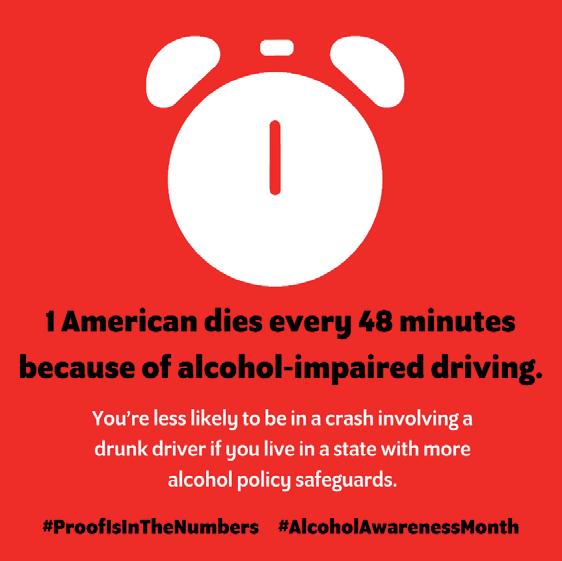
1. Family support: Family life provides high levels of love and support.
2. Positive family communication: Young person and her or his parent(s) communicate positively, and young person is willing to seek advice and counsel from parent(s).
3. Other adult relationships: Young person receives support from three or more nonparent adults.
4. Caring neighborhood: Young person experiences caring neighbors.
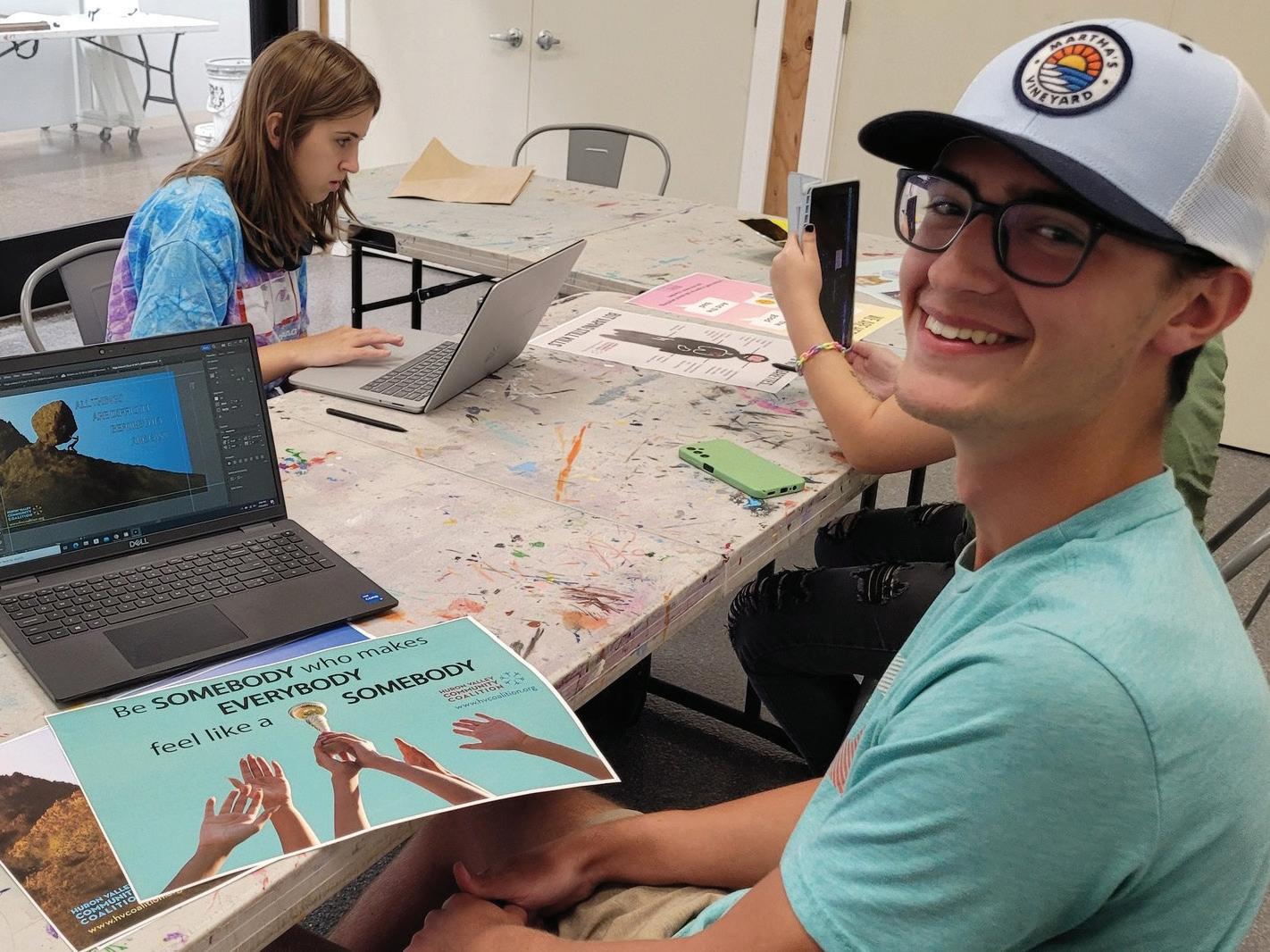

5. Caring school climate: School provides a caring, encouraging environment.
6. Parent involvement in school: Parent(s) are actively involved in helping young person succeed in school.
7. Community values youth: Young person perceives that adults in the community value youth.
8. Youth as resources: Young people are given useful roles in the community.
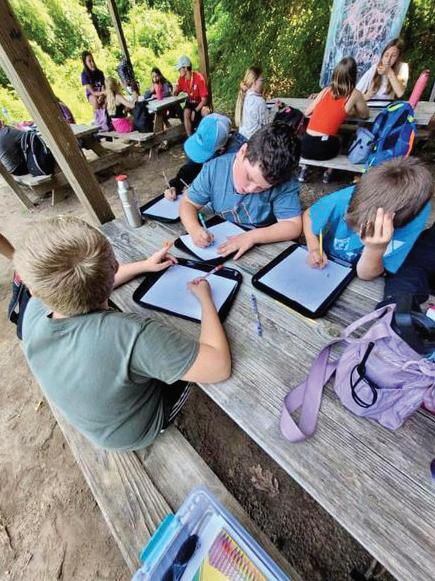
9. Service to others: Young person serves in the community one hour or more per week.

10. Safety: Young person feels safe at home, at school, and in the neighborhood.
11. Family boundaries: Family has clear rules and consequences and monitors the young person’s whereabouts.
12. School boundaries: School provides clear rules and consequences.
13. Neighborhood boundaries: Neighbors take responsibility for monitoring young people’s behavior.
14. Adult role models: Parent(s) and other adults model positive, responsible behavior.
15. Positive peer influence: Young person’s best friends model responsible behavior.
16. High expectations: Both parent(s) and teachers encourage the young person to do well.
17. Creative activities: Young person spends three or more hours per week in lessons or practice in music, theater, or other arts.
18. Youth programs: Young person spends three or more hours per week in sports, clubs, or organizations at school and/or in the community.
19. Religious community: Young person spends one or more hours per week in activities in a religious institution.
20. Time at home: Young person is out with friends “with nothing special to do” two or fewer nights per week.
If you or your child would like to submit a picture that represents one of the 40 Developmental Assets, please email jbrenner@achcmi.org with a picture and the number of the asset the picture represents.
21. Achievement motivation: Young person is motivated to do well in school.
22. School engagement: Young person is actively engaged in learning.
23. Homework: Young person reports doing at least one hour of homework every school day.
24. Bonding to school: Young person cares about her or his school.
25. Reading for pleasure: Young person reads for pleasure three or more hours per week.
26. Caring: Young person places high value on helping other people.

27. Equality and social justice: Young person places high value on promoting equality and reducing hunger and poverty.
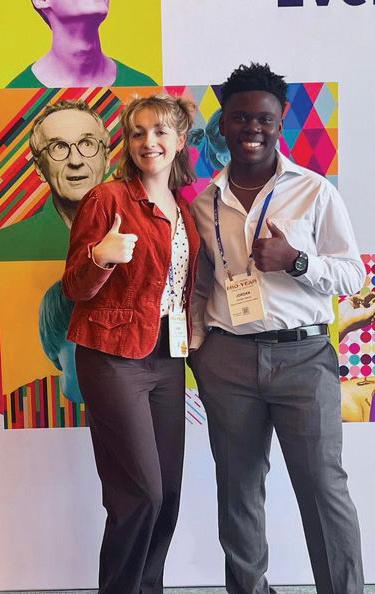
28. Integrity: Young person acts on convictions and stands up for her or his beliefs.
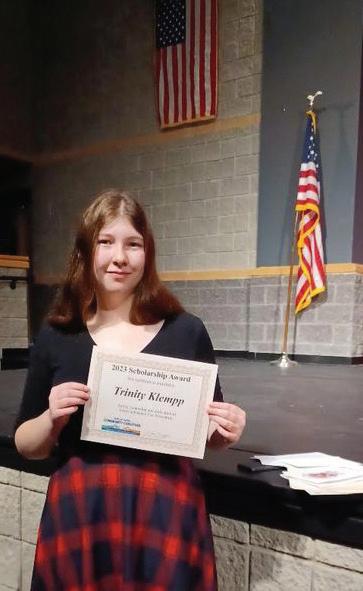
29. Honesty: Young person “tells the truth even when it is not easy.”
30. Responsibility: Young person accepts and takes personal responsibility.
31. Restraint: Young person believes it is important not to be sexually active or to use alcohol or other drugs.
32. Planning and decision making: Young person knows how to plan ahead and make choices.
33. Interpersonal competence: Young person has empathy, sensitivity, and friendship skills.
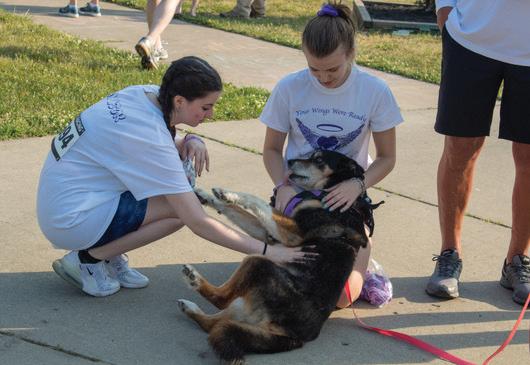
34. Cultural competence: Young person has knowledge of and comfort with people of different cultural/racial/ethnic backgrounds.
35. Resistance skills: Young person can resist negative peer pressure and dangerous situations.
36. Peaceful conflict resolution: Young person seeks to resolve conflict nonviolently.
37. Personal power: Young person feels he or she has control over “things that happen to me.”
38. Self-esteem: Young person reports having a high self-esteem.
39. Sense of purpose: Young person reports that “my life has a purpose.”
40. Positive view of personal future: Young person is optimistic about her or his personal future.
... for some kids, negative thinking isn’t something that happens occasionally, it transitions into something psychologists have classified as Repetitive Negative Thinking (RNT). It’s when negative thoughts turn into a pattern, and you ruminate constantly over your interactions with others. As researchers have discovered, kids who struggle with RNT are more prone to turn to unhealthy or harmful ways to find relief.

PERSONALITY TRAITS continued from page 7
• Give them permission to engage in more risky activities with appropriate safety gear. Let them “send it” on their mountain bikes, with the best helmet and pads money can buy. Go with them and promise to take a video.
• Keep track of their whereabouts. Use technology tools like Apple’s Find My app or the Circle 360 app to know where they are and have regular check-in intervals.
• Limit their freedom. Adolescents want and need freedom. But they haven’t yet balanced that desire for freedom with the ability to make wise choices. So, although it can be incredibly irritating to them, and taxing on you to listen to their complaints, limit their freedom.
• Give them a clear curfew and clear consequences.
• Give them a leash. Make it clear where and how far they’re allowed to venture off.
• Keep tabs on who their friends are, and if they’re on social media, follow them. You might catch more than a few glimpses of what they’re up to on their Instagram Stories.
• And, speaking of social media, limit their ability to be inspired by or post reckless behavior. YouTube, especially, has an endless amount of footage of sensationseeking activity that’s lauded by teens. There’s a wise old saying about teenagers: “Hang on tight to make sure they survive until adulthood.” There’s a lot of truth to that sentiment.
Have you ever sat next to an anxious flyer in an airplane? Every jolt, bump, or noise can trigger a physical reaction of fear and anxiety in them. Some people with a fear of flying attribute it to a specific incident, while others can’t explain where the fear comes from, it’s just ever-present.
For people who rarely feel anxiety or fear, it’s difficult to understand someone who’s plagued by it. But for people with high sensitivity to anxiety, they can hardly imagine a life that’s carefree or calm.
Psychologists over thirty years ago classified a type of person who is especially prone to anxiety as having Anxiety Sensitivity. For this person, not only do they experience anxiety and fear more often than most, but they also suffer from the idea of anxiety and anxious feelings. They feel anxious about getting anxious. It could be anxiety about being picked on, or about being enclosed in tight spaces.
Here’s a sobering reality: anxiety sensitivity has been linked to alcohol abuse later in life. As someone experiments with drinking, they recognize a byproduct of alcohol’s effects — a decrease in the sensations of anxiety. Enjoying and appreciating the relief, those with high anxiety sensitivity can easily slip into self-medicating by drinking, in order to find reprieve from fear.
It makes sense, and through an empathetic lens, it’s easy to see the relief that someone can find through the escape. But it’s a major problem since we know that frequent alcohol use and abuse will lead to psychological, relational, and physical harm. What can parents do to support (and appropriately intervene) kids who are high on the anxiety sensitivity scale?
• Be mindful of the risk factors and thoughtfully educate kid(s) on the connection between anxiety sensitivity and alcohol misuse. Intervention studies have shown that students who are more aware of their risk factors make wiser choices.
• Teach them effective ways to manage their own anxiety and fear. Proven practices like mindful breathing, extra intentionality in a holistic, healthy lifestyle, including proper sleep, nutrition, and exercise, as well as coping mechanisms when in a state of panic, can all go far to help kids gain a sense of control.
• Avoid any sense of shame around anxiety or fear. They can’t just toughen up, intellectually override their sense of impending doom, or stop thinking about whatever they’re feeling anxious about. Rather, we can come alongside them in a compassionate, patient way, allowing them the chance to feel safe with us, to share their experience, and to find a sense of grounding through a healthy bond.
It’s difficult to be an adolescent. Much more difficult if you’re dealing with an anxiety issue. But we can be intentional to guide students through those years and help them grow in self-awareness and healthy coping strategies for self-management. Those are the foundations for a thriving life in the future.
Negative thinking happens to everyone — regardless of personality or disposition. We live in a critical society where even the slightest awkward social interaction can cause us to feel bad about ourselves. Whether it’s in a work meeting, a
conversation with an acquaintance, or over the dinner table, reflecting on how we might’ve been misunderstood, overreacted, or said the wrong thing at the wrong time is a familiar experience.
Kids especially are prone to negative thinking. As they enter adolescence, they become hypersensitive to acceptance, rejection, and criticism. It’s easy for them to beat themselves up for saying, wearing or laughing at the wrong thing.
But, for some kids, negative thinking isn’t something that happens occasionally, it transitions into something psychologists have classified as Repetitive Negative Thinking (RNT).
It’s when negative thoughts turn into a pattern, and you ruminate constantly over your interactions with others. As researchers have discovered, kids who struggle with RNT are more prone to turn to unhealthy or harmful ways to find relief.
In fact, 20 out of 27 official studies showed a link between RNT and problematic drinking. What can adults do to help kids through negative thinking so they avoid making harmful choices that ruin their lives?
It starts with being intentional to have conversations with them about their mental activity.
• The best thing we can do is to provide them a frequent, safe space to process their thoughts and feelings. We can guide them through frequent self-examination through facilitated reflection, both in writing and in conversation with peers and adults.
• People who learn to examine their thinking patterns find they are more aware of negative thoughts in real-time, and can adjust how they respond to them. They can talk themselves through the choices they have in front of them.
• Guided reflection can help them process memories or past events or experiences that continue to influence their perspective. They can recall those events, express the thoughts and feelings now that they wish they had the capacity or safety to and find relief and release in the negative thoughts.
When someone doesn’t become more selfaware, they will often make unconscious decisions to find relief from discomfort. So, they need to know there are other, healthier alternatives. There are effective solutions to negative thinking that takes them down a path of real freedom, rather than numbing and avoidance. It requires intentional, deliberate effort and intervention. ■
Think your kids speak a different language sometimes? According to this list they do. Officer Gomez is a school resource officer who can “translate” for parents. He states, “I try to keep this list updated and relevant. High school kids who graduated last year say it’s already outdated and will disagree with some items on this list.” If your kids are using terms you don’t know, you can also search urban dictionary online to decipher what they’re saying but trying to keep from you.
Bussin = very good as in a meal.
Lowkey = expressing interest or intent while at the same time being dismissive about the subject.
Facts = Used in response to a point wellmade. E.g., Person 1: “This school is wack!” Person 2: “Facts.”
Fake = The ultimate insult; an adjective describing someone who has a fake persona, lies a lot, talks behind people’s backs, and pretends to be your friend but secretly doesn’t like you.
Fam = Used to describe those you consider family.
Fire = Describes something that is really good or cool.
Glow-Up = A transformation of one’s appearance, usually from unattractive to very attractive.
Goals = A term used to describe what someone wants in their life (i.e., “Couple goals, squad goals”).
HMU = An acronym for “hit me up,” which could refer to hanging out, texting, or talking on the phone.
I’m Dead (or just “Dead”) = A reaction to someone being funny. A replacement for LMAO.
Lit = When something is amazing or popping.
Mood = Used in lieu of “same here;” relatable; summing up one’s life.
Salty = Being upset over something little or inconvenient.
Slide Into Their DMs = A phrase used to signify that one wants to send a flirtatious message over social media.
Snacc = An attractive person; someone that looks so good that you want to eat them for a snack. Related: The phrase “full-course meal” was derived from “snacc” —it refers to an upgrade.
Squad = One’s group of friends.
Tea/Goss = The scoop or gossip. “Spill the tea.”
Body Count = How many people you have had sex with.
Sus = Suspicious (From the game Among Us) Thicc = Pleasantly plump; curvy in the right places.
Wack = Negative term meaning “that sucks.”
Woke = Describes someone who’s deep or intellectually enlightened.
Salt Nic / 50 Nic = The newest most potent vape juice that contains 50mg of Nicotine. 10x more nicotine than a cigarette (depending on the data you look at). I have found data showing cigarettes contain between 1mg-16mg of nicotine.
Mod Box = Older generation vape devices which are larger and produce quite a bit of smoke. Usually have removable batteries that come out the bottom.
Dab Pens = Similar to a vape device except used to smoke concentrated illegal substances such as highly potent marijuana wax. Dab pens are usually round as opposed to vape devices which are normally square although not always. Ghosting = letting out vape smoke very slowly so no one notices you are vaping. This is usually done in class so the teacher does not see you are smoking in their class. Old definition of Ghosting was abandoning your friendship with someone and pretending they don’t exist.
Nicotine-free Vape Juice = Very illusive almost mythical liquid that many parents seem to think their kids are smoking in every vape device. Out of more than 150 dealings with vapes in the last year I have never seen a kid have nicotine free vape juice.
CCC / Triple C = Coricidin (Cough Medicine). This is why more and more cough medicines are behind the counter.
= Cocaine
= Crystal Meth

X or MDMA = Ecstasy
Lean = Homemade alcohol consisting of Sierra Mist, Orange Starbursts, and cough syrup. Popular with middle and high school kids.
Plug = Drug dealer. (Anyone have any acid or shroom plugs?)
Halfie = Already been smoked cigarette. Teens pick up halfies in the apartment complex under balconies where people smoke. They also go through the ash tray at the convenience store.
Smash = To have sex with.
Netflix and Chill = Come over and have casual no strings attached sex.
Pressie = Homemade Rx drugs. Teens have a pill press and order chemicals from China to make their own Norco or Adderall pills.
HMU = Hit me up. HMU to buy a JUUL (vape device) for $15. Twenty-one year old’s buy Juuls for $20 and sell them to underage kids for $30.
Hydros = Hydrocodone Pills.
Bars/Xans/Xanneys = Xanex Pills, Yellow School busses are Yellow Xanex pills. $10 dollars a pill is the going price.
Dro = Marijuana smoking device where they submerge half a plastic bottle in water to have a condensed smoke marijuana hit.
Cids = Acid Tabs. Similar to 60’s era acid (Hallucinogenic) only much more potent. $10 dollars per acid tab is the going price. These are very easy to hide as they are the thickness of a postage stamp.
Concentrates = High THC marijuana products such as shatter and dabs. Made by boiling down marijuana with some easily found on-line recipes.
Edibles = Marijuana baked into lots of edible treats such as brownies, rice krispies, and many other snacks.
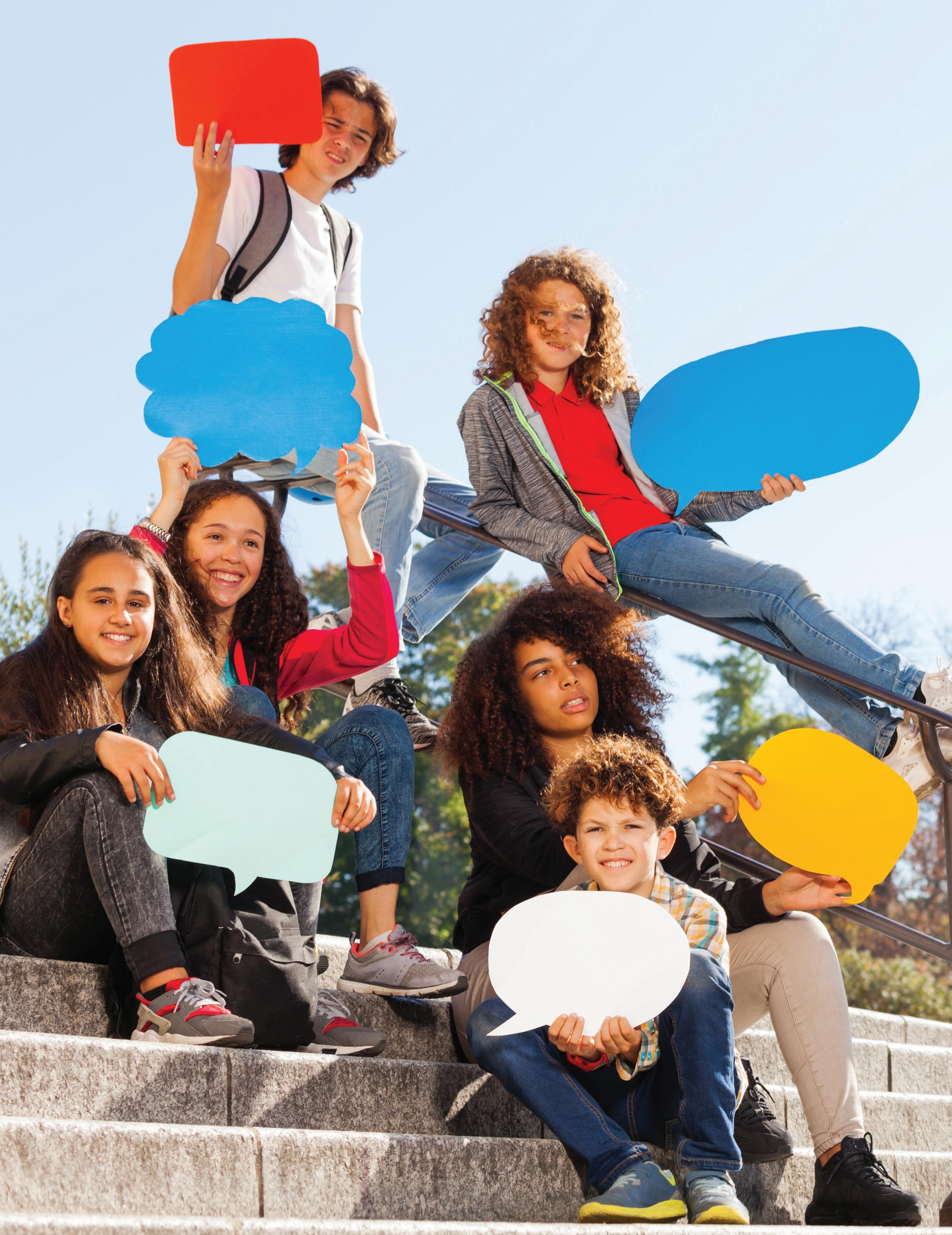
As a parent of three teenagers and a professional who works with kids with problematic sexual behaviors, I am (unfortunately) familiar with problems with porn and the kinds of technology that are available to kids today. But I recently learned that the music app Spotify is being used to access and share porn, and for predators to solicit children.
The app allows users to create playlists and share them with others, which we knew, and thought was a great way to let our music-loving kids be creative and - we thought - make something like the beloved “mix tapes” of our era. It hadn’t occurred to us that when you create a playlist you can also add a photograph. That can be a pornographic photograph. When you add a description of your playlist, it can be a solicitation to send or trade pornographic pictures. It can also include an email address or other form of communication which can lead kids to message predators. Emailing can lead to instructions to create a new app (one parents may not know of) to receive instructions from the predator. You can imagine where this goes next. Even if they’re not sharing photos, kids can see and collect all kinds of wildly pornographic photos on various playlists.
One of our kids violated our house rules on phone usage so all other apps were locked down as a consequence. Spotify was left because we thought it was safe and thought listening to music could be a good and healthy outlet for teen energy. We had no idea it would lead to sexual exploitation. Now we’d like other parents to know so they can protect their kids.
Officer Gomez is a school resource officer who has a Facebook page where he posts information to help parents keep their kids safe. Information can be found on a variety of topics that parents may not be aware of that affect kids. His page can be found here: https://www.facebook.com/deputygomez. Officer Gomez shares the information you need to navigate today’s kids and schools. Additional information can be found on his YouTube channel as well at @officergomez.
1500
The number of hours it takes to make a spacesuit

The number of flowers a bee hummingbird drinks from per day 30

The minutes per day of complaining it takes to physically damage your brain
2.4
The distance in miles between the U.S. and Russia at their closest point 7

The percentage of Americans who think that chocolate milk comes from brown cows

53,540
The temperature of a lightning bolt, in degrees Fahrenheit


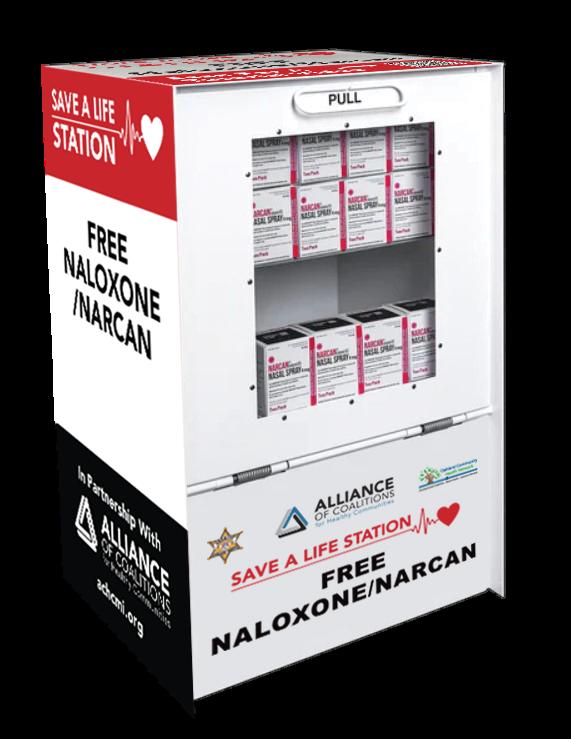
A p p r o x i m a t e l y 1 0 0 , 0 0 0 A m e r i c a n s d i e e a c h y e a r f r o m a d r u g o v e r d o s e ; w h i l e h e r e i n O a k l a n d C o u n t y w e l o s e a b o u t 2 5 0 c i t i z e n s t o o v e r d o s e s e a c h y e a r T h e s e i n d i v i d u a l s a r e n o t s o m e o n e e l s e T h e y l i v e a n d w o r k i n o u r n e i g h b o r h o o d s T h e y a r e o u r l o v e d o n e s a n d f r i e n d s ; o u r n e i g h b o r s a n d c ow o r k e r s T h e p a i n , t h e l o s t p o t e n t i a l , t h e s h a t t e r e d l i v e s r e v e r b e r a t e t h r o u g h o u t o u r s o c i e t y a n d c o m m u n i t i e s M o r e o v e r , 7 5 p e r c e n t o f d r u g o v e r d o s e d e a t h s i n v o l v e a t l e a s t o n e o p i o i d , w i t h t w o - t h i r d s i n v o l v i n g s y n t h e t i c o p i o i d s , p r i m a r i l y i l l i c i t l y m a n u f a c t u r e d F e n t a n y l o r F e n t a n y l a n a l o g s . T h e s e s y n t h e t i c o p i o i d s a r e 5 0 t o 1 0 0 t i m e s m o r e p o t e n t t h a n n a t u r a l l y d e r i v e d o p i o i d s N o o n e s h o u l d d i e f r o m a d u l t e r a t e d s t r e e t d r u g s N o o n e s h o u l d d i e w h e n a d r u g p r e s c r i b e d f o r a l e g i t i m a t e m e d i c a l u s e l e a d s t o a n a c c i d e n t a l o v e r d o s e o r a d d i c t i o n
S h a t t e r i n g t h e S t i g m a : P r o g r e s s b e g i n s b y a c c e p t i n g t h a t s u b s t a n c e u s e d i s o r d e r r e m a i n s a p e r v a s i v e i s s u e i n o u r s o c i e t y , a n d t h a t t r a d i t i o n a l t r e a t m e n t a p p r o a c h e s t h a t p r e d o m i n a n t l y f o c u s o n a b s t i n e n c e - o n l y m o d e l s h a v e n o t s u c c e e d e d
I m p l e m e n t i n g h a r m r e d u c t i o n p r o g r a m s a n d p o l i c i e s i n c o m m u n i t i e s s e n d s a m e s s a g e t h a t s o c i e t y i s w i l l i n g t o a d d r e s s a d d i c t i o n a s a p u b l i c h e a l t h i s s u e r a t h e r t h a n a m o r a l f a i l i n g . H a r m r e d u c t i o n p r o m o t e s a m o r e h u m a n e a n d c o m p a s s i o n a t e a p p r o a c h t o a d d i c t i o n , r e d u c i n g t h e s h a m e a n d s t i g m a a s s o c i a t e d w i t h s e e k i n g h e l p a n d s u p p o r t . I t i s t i m e t o s h i f t o u r p e r s p e c t i v e a n d e m b r a c e a c o m p a s s io n a t e a n d p r a g m a t i c a p p r o a c h k n o w n a s h a r m r e d u c t i o n , a p h i l o s o p h y r o o t e d i n b o t h e m p a t h y a n d e v i d e n c e - b a s e d p r a c t i c e s B y e m b r a c i n g h a r m r e d u c t i o n , w e a c c e p t t h a t c o m p l e t e a b s t i n e n c e m a y n o t b e i m m e d i a t e l y a t t a i n a b l e f o r e v e r y o n e , a n d , i n s t e a d , w o r k t o m i n i m i z e t h e n e g a t i v e c o n s e q u e n c e s o f s u b s t a n c e u s e D o w e d e n y a c r u t c h t o s o m e o n e w h o h a s b r o k e n a l e g a s t h e r a p y p r o c e e d s ? D o w e d e n y n u t r i t i o n , i nc l u d i n g n e e d e d c a r b s , t o a d i a b e t i c a s t h e i r h y p e r g l y c e m i a i s t r e a t e d ?
S o , i n s t e a d o f c r i m i n a l i z i n g a d d i c t i o n , h a r m r e d u c t i o n e m p l o y s a s p e c t r u m o f s t r a t e g i e s t h a t i n c l u d e s s a f e r u s e , m a n a g e d u s e , m e e t i n g p e o p l e w h o u s e d r u g s “ w h e r e t h e y ’ r e a t , ” a n d a d d r e s s i n g c o n d i t i o n s o f u s e a l o n g w i t h t h e u s e i t s e l f
S a v e a L i f e S t a t i o n s : B u i l d i n g o n t h e e x p e r i e n c e o f o t h e r M i c h i g a n c o m m u n i t i e s a n d n a t i o n a l l y , o n e o f t h e s e i m p o r t a n t s t r a t e g i e s a r e S a v e a L i f e S t a t i o n s t h a t t h e A l l i a n c e i s n o w p l a c i n g t h r o u g h o u t O a k l a n d C o u n t y E a c h S a v e a L i f e S t a t i o n o f f e r s a t w o - 4 m g d o s e p a c k o f n a s a l a d m i n i s t e r e d N a r c a n ; f e n t a n y l a n d x y l a z i n e t e s t i n g s t r i p s ; t a k e a w a y k i t s t h a t a l l o w f o r t h e s a f e d i s p o s a l o f d r u g s o r m e d i c a t i o n s ; a n d i n f o r m a t i o n a l r e s o u r c e s s u c h a s N a r c a n a d m i n i s t r a t i o n t r a i n i n g v i d e o s .
A c c e s s i b l e 2 4 h o u r s a d a y , s e v e n d a y s a w e e k , t h i s p r o g r a m c a n s a v e l i v e s b y a l l o w i n g i n d i v i d u a l s t o i d e n t i f y d r u g s t h a t h a v e b e e n m i x e d w i t h p o w e r f u l a d u l t e r a n t s a n d , a l s o , c o u n t e r a c t l i f e - t h r e a t e n i n g d e p r e s s e d b r e a t h i n g f r o m o p i o i d s w h e r e a n d w h e n i t h a p p e n s I n a d d i t i o n t o o u r m e m b e r o r g a n i z a t i o n s i n m o r e t h a n 5 5 c o m m u n i t i e s i n O a k l a n d C o u n t y , w e h a v e a n o u t s t a n d i n g p a r t n e r s h i p w i t h t h e O a k l a n d C o u n t y S h e r i f f ’ s O f f i c e a n d i t s C r i s i s R e s p o n s e U n i t , i n c l u d i n g i t s R i d e s f o r R e c o v e r y p r o g r a m , a s w e l l a s f u l l s u p p o r t a n d f u n d i n g f r o m t h e O a k l a n d C o m m u n i t y H e a l t h N e t w o r k
W e w a n t t o e m p h a s i z e t h a t h a r m r e d u c t i o n d o e s n o t c o n d o n e o r e n c o u r a g e s u b s t a n c e u s e b u t r e c o g n i z e s t h e i n h e r e n t w o r t h a n d d i g n i t y o f i n d i v i d u a l s c a u g h t i n t h e c y c l e o f a d d i c t i o n T h i s t a k e s o u r o w n m a t u r i t y t o w i t h h o l d j u d g m e n t a n d , i n s t e a d , e m b r a c e s ol u t i o n s t a i l o r e d t o t h e u n d o u b t e d l y c o m p l e x i s s u e s a n y i n d i v i d u a l m a y f a c e W h e n w e v a l u e t h e i n h e r e n t w o r t h a n d d i g n i t y o f i n d i v i d u a l s s t r u g g l i n g w i t h a d d i c t i o n , o f f e r i n g t h e m a p a t h t o h e a l t h i e r l i v e s , w e a l s o f o s t e r a m o r e i n c l u s i v e a n d u n d e r s t a n d i n g s o c i e t y

Bullying is a common occurrence in schools regardless of age. And while bullying often happens at school, youth are vulnerable to bullies anywhere. Cyberbullying is on the rise. Pew Research Center data shows that about 6 in 10 teens have been bullied or harassed .
“Bullying is not normal, natural or necessary,” said Barbara Coloroso, speaker and author of The Bully, the Bullied, and the Not-So-Innocent Bystander. “You have to learn to be mean to someone else.”
But if it’s a learned behavior, she believes it can also be unlearned. And parents who discover that their child is bullying someone else can play an important part in putting an end to inappropriate behavior.
Bullying starts earlier than people might think— age four-and-a-half for girls and five for boys, Coloroso said. The reason is that the majority of bullying is verbal, and girls tend to be more verbal at a younger age. An example of bullying at this age might be a child saying, “You can’t come to my birthday party.”
Coloroso defines three types of bullying: Verbal: The most common type among both boys and girls, which includes namecalling, racial or sexual slurs, or mocking of a person’s appearance or differences.
Physical: The least common but most visible type of bullying, which more often occurs among boys than among girls.
Social or Relational: This type includes gossip, rumors and exclusion and tends to be more common among girls.
StopBullying.gov highlights reasons why kids may bully, which include these contributing factors:
Peer factors: the desire to raise their status in their peer group or maintain social power by excluding others.
Emotional factors: insecurity, low selfesteem or the inability to manage their emotions.
Family factors: a home life where aggression and domestic violence are common, or where parents are too indulgent or uninvolved in their children’s lives.
“Bullying tends to run in the family,” Coloroso said. Has the child has seen bullying behavior modeled? How are domestic workers or people in the service industry treated? Children are watching. They’re great observers of our behavior,” adding that kids can also learn bullying in daycare or school, or from the media they’re exposed to.
Adults who witness or hear about bullying should intervene immediately, Coloroso said. It’s easier to stop bullying in the early stages—emphasis on the word “stop.” Too often, students who have bullied and the classmates who they bullied are forced into conflict resolution workshops. “It’s important to remember that bullying is not about anger or conflict; it’s about contempt. Conflicts you resolve, bullying you stop.” Conflict is an active disagreement or fight between people with opposing views. Contempt is a feeling of dislike toward somebody considered to be worthless, inferior and undeserving of respect.
There are many examples on social media, such as parents who force their child to hold a sign saying “I am a bully” on a busy street corner. But shaming isn’t an effective way to change behavior, and it can have harmful consequences. Coloroso distinguishes punishment as doing something to a child that may damage the child’s self-esteem. Discipline is doing something with a child that gives them ownership of what they’ve
done wrong and ways to solve it, which leaves the child’s dignity intact. “Our job is to humble—not humiliate—the bully and empower the targeted child,” she said.
What does work when dealing with a child who bullies? Coloroso says it must include the Three R’s.
Restitution: Have the child own and fix what they did. For example, the child who broke a classmate’s favorite pencil on purpose must replace it. An apology is also in order, but it must not be forced. An insincere “I’m sorry” solves nothing.
Resolution: Help the child figure out how to keep it from happening again. If the child felt jealous or angry and broke a classmate’s pencil, adults may need to help them work through their feelings and figure out more constructive ways to handle them.
Reconciliation: Encourage the child to heal with the person they harmed, if that person is willing—though they might not be.
Other strategies that can help address bullying behaviors: Create opportunities to do good: The more a child can behave in caring and helpful ways toward others, the less likely they will be to want to treat others with disregard.
Nurture empathy: “Empathy is an inborn quality in human beings,” writes Coloroso. Yet bullies tend to see incidents only from their own point of view and be concerned only with their own feelings.
Teach friendship skills: A child may have resorted to bullying because they couldn’t figure out another way to make friends. To have friends, we need to be a friend, writes Coloroso. “One of the strongest buffers a child can have against being a bully is being a good friend.”
Just because a child has engaged in bullying behaviors does not mean there’s no hope for reform, she explains. “It is never too late to change the dynamics. Just as the student was capable of being disrespectful and malicious and callous, so is she capable of being respectful, kind, and compassionate.” ■
“One of the strongest buffers a child can have against being a bully is being a good friend.”
Barbara Coloroso
Nutrition plays a key role in a person’s overall health and wellbeing. It can help manage chronic disease, maintain or assist in working towards a healthy body weight, and assure optimal organ function throughout the body. Not only does proper nutrition increase overall wellness in adults, it is a major contributor to preventing future health struggles in youth.
While under the age of twenty-five, youth are physically and mentally at their most active phase in life. The body and brain are working towards becoming fully developed and nutrition is extremely important in ensuring that both properly grow. Teaching basic nutrition and positive eating habits gives children and teens the best opportunity to develop healthy routines to carry with them as they age. Habits developed at a young age are most likely to stick, and set the tone for how an individual continues to care for oneself. Making a priority of educating this age group as early as possible serves as a prevention method for chronic disease and obesity, and will also help promote improving overall mental health.
When a person eats food, the calories from the nutrients in that food provide energy for the body to be able to complete tasks needed throughout the day. What is often forgotten is that food is also fueling the brain. Everything a person does requires energywhether something physical like walking, or something mental like studying for an exam. For youth, this need for energy is even more important; while they are completing daily tasks, their bodies are continuously growing and developing. The amount of energy needed for youth to function at their best is only half the equation. It should become common practice to not only focus on the amount of the food they are consuming, but also on the quality of food they consume.
Topics such as the key nutrients in food, the different food groups, and how to create a balanced meal and snack can ensure that growing kids and teens can make food choices with intention. Knowing the nutritional benefits from the foods they choose, as well as the amount of food they should be eating throughout the day, can decrease the amount of false information they encounter, eliminate stigmas about certain foods or diets, and build confidence in their health. Youth are consistently at risk of being influenced by peers to question themselves physically and mentally. Without a basic understanding of how food affects the body and brain, the youth population is at an increased risk of developing eating disorders, poor mental health, and negative body image.
When youth over or under-eat, their bodies may feel fatigued, sluggish, tired, lazy, or have a lack of energy. The same can apply for their minds; not eating enough, eating too much, or consuming foods lacking nutrients can result in brain fog, loss of focus, delayed thought processes, mood changes, and irritability. Not only can it be difficult for a child or teen to know what and how much they should be eating, there is an added level of uncertainty with how they may be judged for the types of food and the amount of food they eat. Implementing basic nutrition programs for elementary and middle school students can help develop healthy eating habits, reduce negative associations with food, and promote a judgment-free atmosphere.
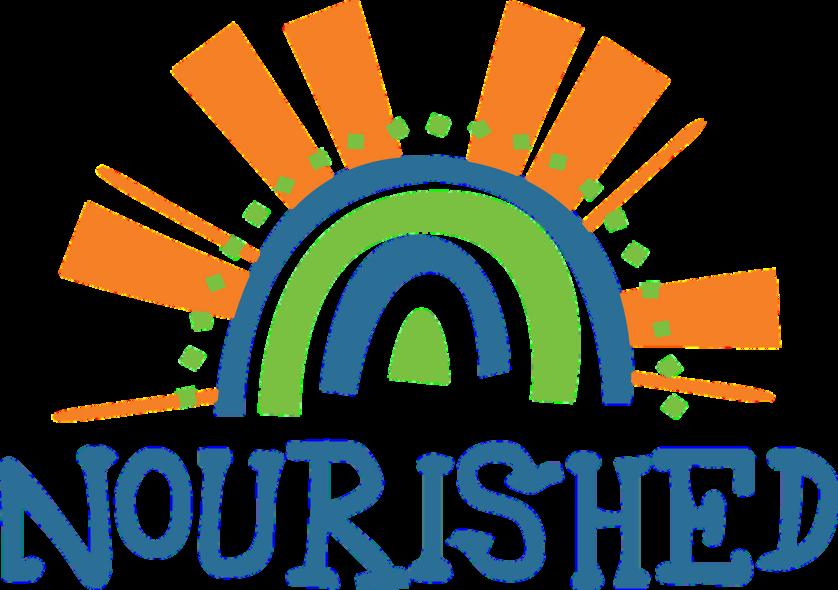
If you are looking for a way to open the door to a conversation about nutrition with your child or teen, some questions you can ask are:
What did you have for lunch today?
Do you ever feel that you do not have enough time to eat your lunch or a snack?
Have you ever avoided eating a certain food in public due to fear of judgment?
Do you feel that you have enough energy throughout the day?
What kinds of food do you eat at ________? (school, a friend’s house, etc)
While it is important that nutrition education becomes more readily available for youth to access in schools, recreation facilities, and community organizations, positive eating habits can be learned by simply watching others. Being an example of healthy eating for the youth population, or any population, can inspire others to try something new, choose a healthier alternative, or ask questions about what someone may not know. Not only can the general population manage their health and wellbeing through nutrition, but making nutrition a priority can be an excellent protective factor in the prevention of future physical and mental health concerns amongst youth.
In early 2023, the Substance Abuse and Mental Health Services Administration issued a warning about Cannabidiol, or CBD. They state the “public should be aware of the misconceptions surrounding CBD products, as well as the potential harms and risks associated with their use.” CBD has been marketed as a treatment for multiple health conditions; however there is a lack of evidence to support many of the claims.

One concern is the concentration of CBD may be more or less than advertised, and because of a lack of quality control, the manufacturing process may introduce harmful biological and chemical contaminants, including THC, which is the psychoactive ingredient in marijuana.
Another concern is the potential risks and harms associated with CBD including adverse drug interactions, liver toxicity, and reproductive and developmental effects. To find out if there is a drug interaction with CBD or marijuana, visit drugs.com, click on the “Interactions Checker” and enter “Cannabidiol.” It shows that there are 578 drug interactions. (Do the same for cannabis. The results may be shocking.)
Short-term effects of CBD include changes in alertness and mood, and drowsiness. Long-term effects include liver injury and male reproductive toxicity. Because of the lack of quality control and unreliable labeling, users of CBD may actually be ingesting THC, and ultimately screen positive for marijuana. One study found that among 84 commercial CBD extracts purchased online from 31 companies, the CBD concentration was only labeled accurately in 31% of the products. Almost 43% were under-labeled and 26% were overlabeled. This can pose significant health risks when using them for medical conditions, particularly in children.
Unclear or misleading labeling may pose work-related, legal, and health risks, given that the use of unsuspected THC may threaten an individual’s current or prospective employment, including athletics. There are also concerns around product formulations, purity and dosage, unintentional product exposure to children and pets, and potential adverse events, such as vomiting, hallucinations, and loss of consciousness. ■
Talk with children about the risks and harms of using products that contain CBD.
Do not allow children to use over-the-counter CBD products.
Do not use CBD simultaneously with medications, alcohol, or illicit drugs.
Be aware that the risk of CBD containing THC is unknown, therefore their use may affect employment or other drug screenings.
When talking to youth about underage drinking and vaping, it is essential to remember a few things First, remember this is a conversation you are having with them, not at them Ask them questions that allow you to understand where they are coming from and ensure they are comfortable sharing their opinions. Some useful things to keep in mind while having the conversation:
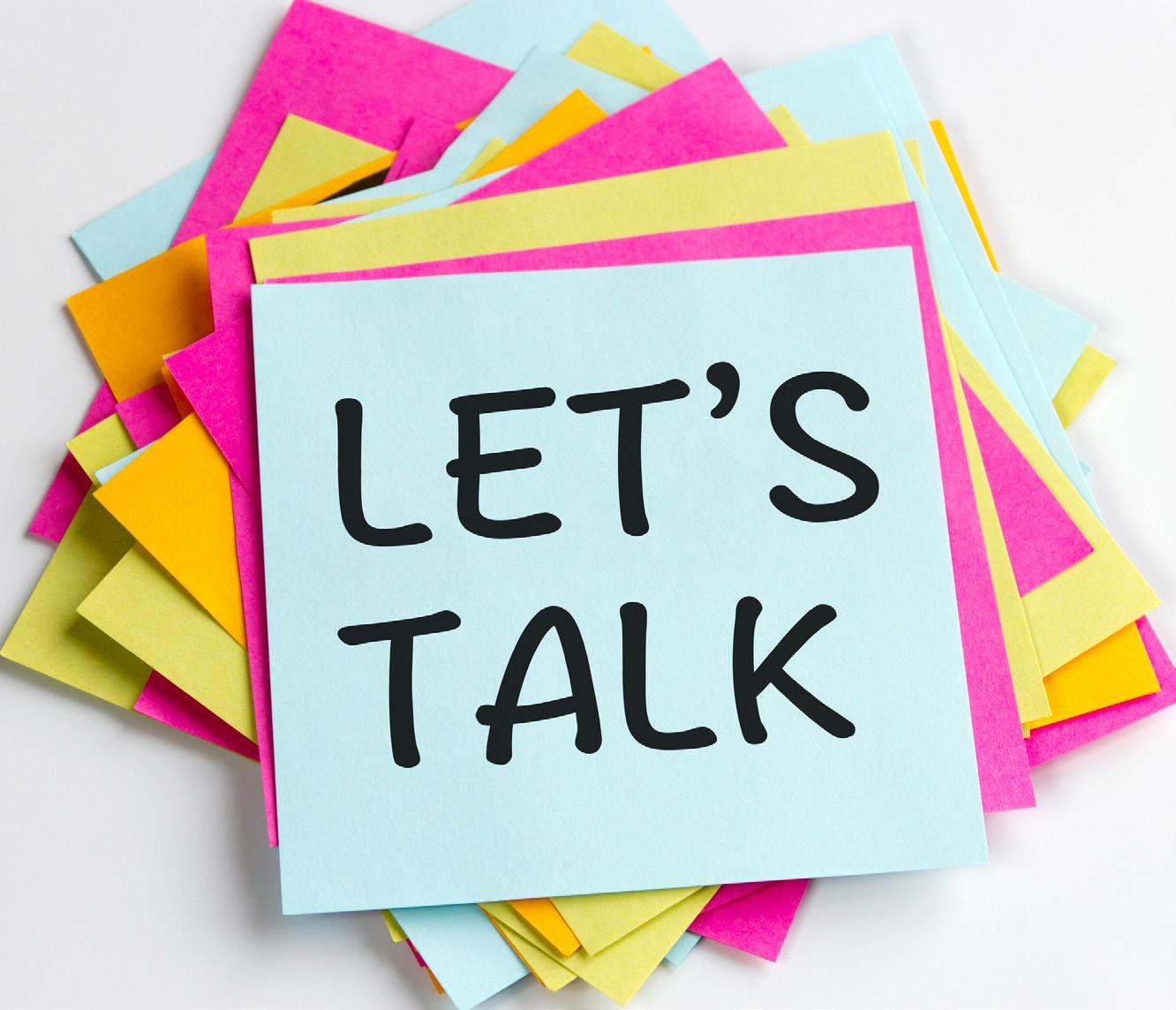
Avoid scare tactics; these do not work and may create unwanted temptation Youth can observe someone else doing the same thing with no harm happening Be honest with them, bring in personal examples, and show them you care by researching and knowing your facts
Share with them how you feel, and let them know you disapprove of them using these substances; however, avoid accusations and shaming Accusing and shaming them can create distance within your relationship. Give them a reason to trust you and tell them you are there for them, no questions asked
These conversations can be challenging, and these substances can impact the developing brain and body, but knowing how to approach these conversations can make all the difference. The human brain does not fully develop until age 25, so if a young person were to introduce substances into their body before, it could put them at risk for long-term, long-lasting impacts. However, a study reports that most youths are not using these substances! In a 2022 Oakland County survey, 88.9% of 7th, 9th, and 11th graders said that they had not had a drink in a 30-day span of time. For vaping, 95.8% reported they had not used an electronic vape product, and 96.9% said in a 30-day span, they had not used an electronic vape device containing THC. Knowing these facts can also be a good point in the conversation. With social media and peer pressure prevalent today, youth may assume that more people are using than they are. A way to help counter this is by using the idea of Positive Norming.
Positive Norming is the idea that fewer peers use substances as often as initially thought Posing questions such as “When you say everybody is using, who is everybody” or “Are your close friends using or your teammates?” helps to challenge the idea that fewer peers use substances as often as initially thought.
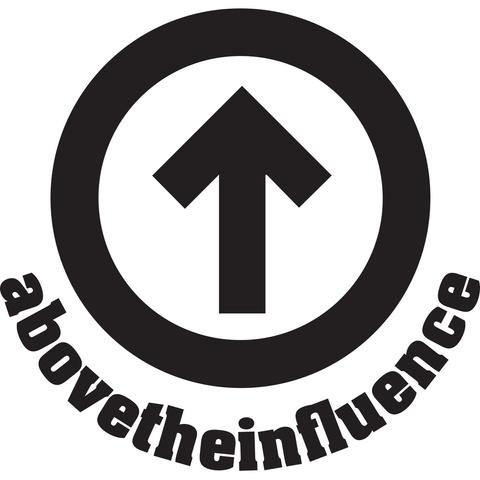
The safety and well-being of the individual are of the utmost importance, and some things can also be done at home that can impact avoiding substance use! Protective factors: conditions, or attributes in individuals, families, and communities, help individuals to cope more effectively in stressful events as well as reduce risk in families Protective factors include but are not limited to good parenting skills and supervision, positive self-esteem, social support, and good mental and physical health Promoting these positive attributes within youth can help to promote resilience and healthy coping skills Having a conversation about coping healthily and working with youth to learn what works best for them can also be beneficial. Coping skills are not one size fits all, but having that support and guidance can make all the difference!
For more information, visit achcmi org/resources/underagedrinking or achcmi org/resources/vaping-ends

